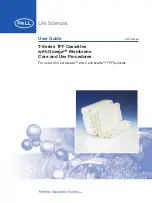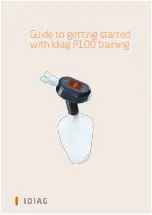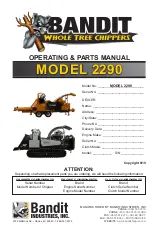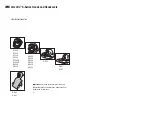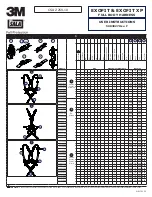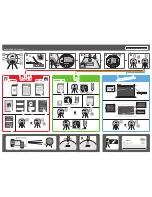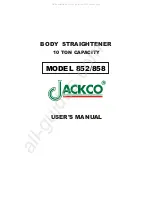
Edition 2015-03-31
33
Drive axles (FIG. 71)
Check, to ensure the drive axle has not slid out of
position.
a)
Drive axle (A) has slid out of position. The
bearing is seated correctly, but the machined
axle (C ) has become visible.
b)
The bearing has slid out, so that the dog
clutch is prevented from engaging fully.
c)
Drive axle in position. The moving dog clutch
has been removed to simplify the illustration.
Assembling the drive axle.
If the drive axle has slid out as in a) or b), the
flange bearing must be locked and the axle
pushed into position and secured according to the
following:
1)
Lock screw A
–
4 mm Allen key loosened.
2)
The drive axle is pushed or knocked into
position.
3)
The eccentric lock is knocked back with a
hammer and punch
4)
The lock screw is screwed in.
IMPORTANT! Ensure that the screw hits the
lowest part of the hexagonal axle. This prevents
the lock from releasing.
Brake (FIG. 72)
Adjusting / replacing the brake pads.
The brake pads are adjusted, by loosening the
locking nut (D) and adjusting with the bolt (C).
The brake pads are changed by loosening the
cable and brake disc (A). When you pull off the
disc, the entire brake calliper is also released and
the brake pads can be released.
After assembling it may be necessary to make a
readjustment. The brake pads are to be adjusted,
so the brake disc runs freely. A too hard
adjustment can result in overheating, damaging
the pads and brake disc.
If you have replaced the brake pads, it may be
necessary to readjust them after a period of use.
FIG 72
FIG 71




















